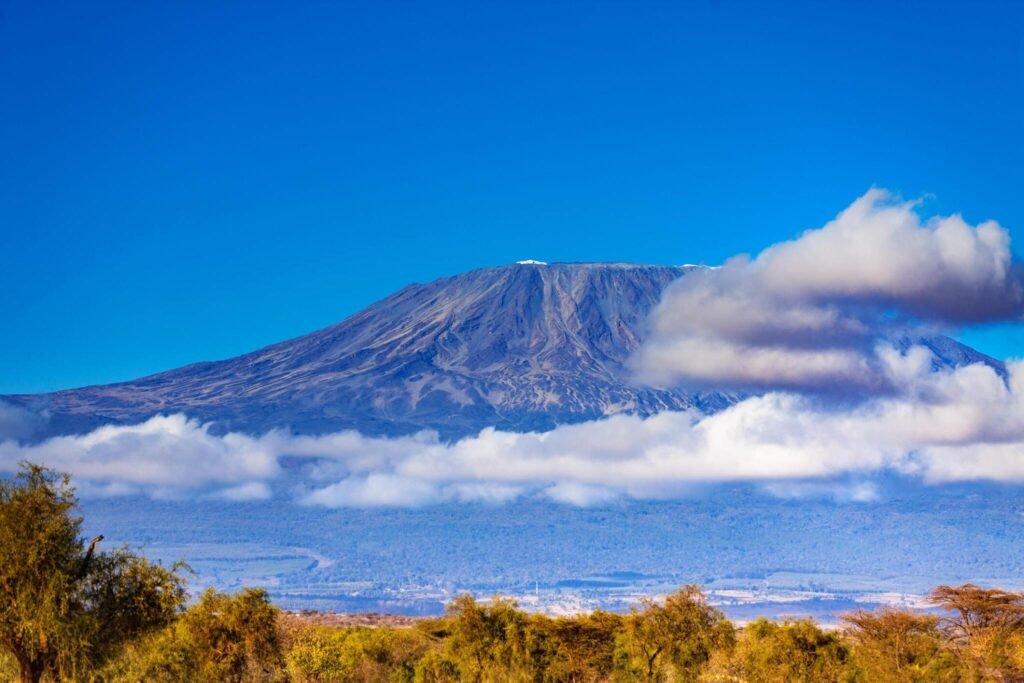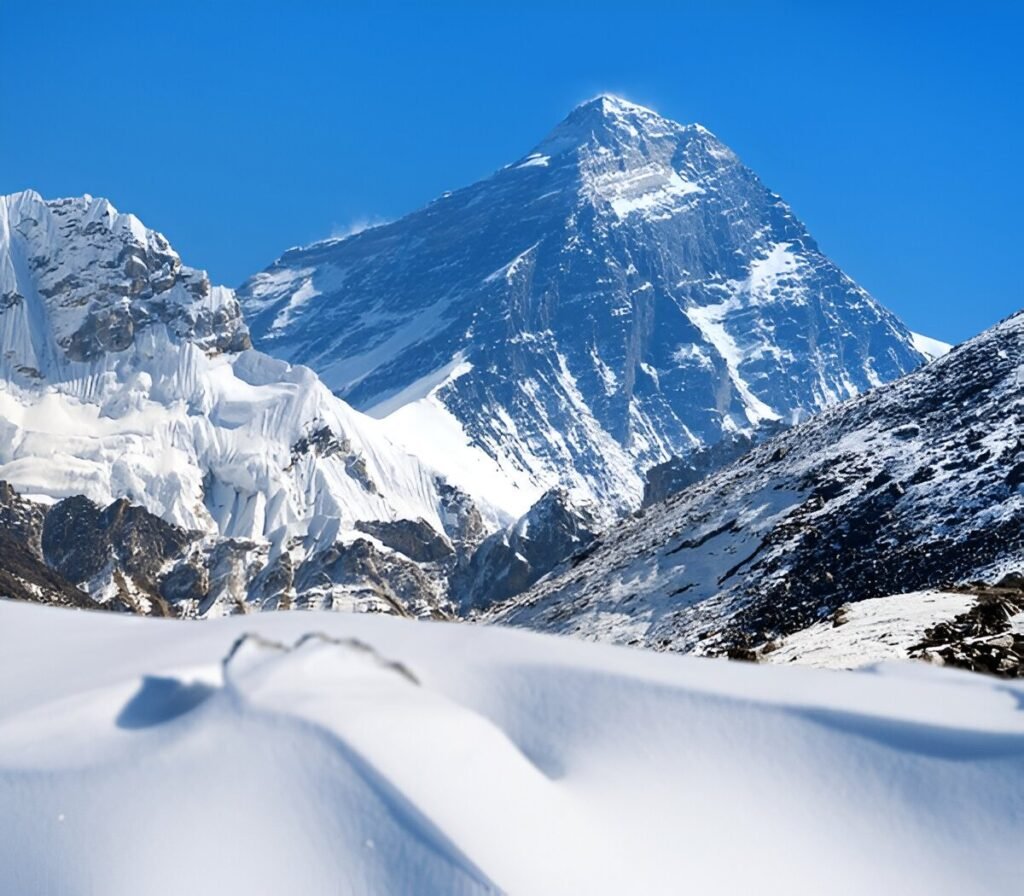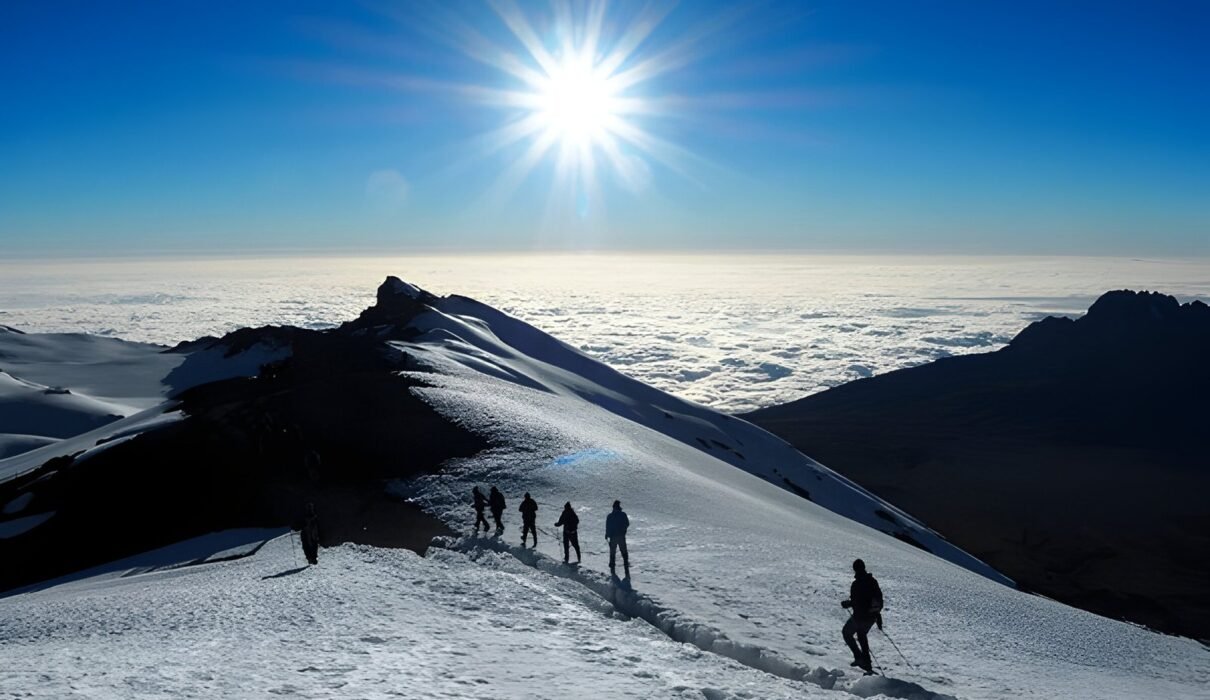Highest Mountains in the World . The world’s highest mountains have long fascinated adventurers and climbers. These towering peaks offer breathtaking views, thrilling challenges, and unforgettable experiences. From the iconic Mount Everest to the lesser-known but equally majestic Kangchenjunga, this guide explores the highest mountains on Earth, their elevations, and what makes them so special. Whether you’re planning a climb or simply curious about the planet’s tallest summits, here’s everything you need to know.
Plan your next mountain adventure with expert guidance.

Highest Mountains in the World : Mount Everest (8,848.86 meters / 29,031.7 feet)
Mount Everest, located on the border of Nepal and Tibet, is the highest mountain in the world. Standing at an incredible 8,848.86 meters, it has become the ultimate challenge for mountaineers. Climbers from around the globe come to tackle Everest, with most opting for the South Col route from Nepal or the North Col route from Tibet.
Key Highlights:
- First Ascent: In 1953 by Sir Edmund Hillary and Tenzing Norgay.
- Climbing Difficulty: Extreme, with risks of avalanches, high winds, and altitude sickness.
- Best Time to Climb: April to May or late September to early October.
Learn more about planning a climb to Mount Everest.

Highest Mountains in the World : K2 (8,611 meters / 28,251 feet)
Known as the “Savage Mountain”, K2 is the second-highest mountain in the world and is considered by many to be even more challenging than Everest. Located on the border between Pakistan and China, K2 presents climbers with steep slopes, unpredictable weather, and difficult terrain.
Key Highlights:
- First Ascent: In 1954 by an Italian team led by Achille Compagnoni and Lino Lacedelli.
- Climbing Difficulty: Extremely difficult, with a high fatality rate compared to other mountains.
- Best Time to Climb: June to August.
Discover more about K2 and its climbing routes.
Highest Mountains in the World : Kangchenjunga (8,586 meters / 28,169 feet)
Kangchenjunga, the third-highest mountain in the world, sits on the border between Nepal and the Indian state of Sikkim. Known for its beauty and spiritual significance, Kangchenjunga is a challenging climb, with its long ridges and remote location adding to the difficulty.
Key Highlights:
- First Ascent: In 1955 by Joe Brown and George Band.
- Climbing Difficulty: Very difficult due to technical sections and severe weather conditions.
- Best Time to Climb: Late April to May.
Read more about Kangchenjunga and its cultural significance.
Highest Mountains in the World : Lhotse (8,516 meters / 27,940 feet)
Located just south of Mount Everest, Lhotse is the fourth-highest mountain in the world and is often considered as part of an Everest expedition. The Lhotse Face is a steep and icy wall that challenges even experienced climbers. Lhotse shares much of its route with Everest, making it an appealing option for those looking to summit two of the world’s highest peaks in one trip.
Key Highlights:
- First Ascent: In 1956 by a Swiss team.
- Climbing Difficulty: Less difficult than Everest but still challenging due to steep ice sections.
- Best Time to Climb: April to May.
Explore the Lhotse climbing route and preparation tips.
Highest Mountains in the World : Makalu (8,485 meters / 27,838 feet)
Makalu, the fifth-highest mountain, is known for its pyramid shape and isolated location on the Nepal-Tibet border. The peak is technically challenging, with climbers facing steep pitches and knife-edge ridges. Despite its proximity to Everest, fewer people attempt Makalu, making it a quieter but equally rewarding climb.
Key Highlights:
- First Ascent: In 1955 by a French team led by Jean Couzy and Lionel Terray.
- Climbing Difficulty: High due to technical sections and unpredictable weather.
- Best Time to Climb: April to May or September to October.
Find out more about the technical challenges of Makalu.
Highest Mountains in the World : Cho Oyu (8,188 meters / 26,864 feet)
Cho Oyu is the sixth-highest mountain and is considered one of the more “approachable” eight-thousanders due to its relatively moderate slopes. Located on the border of Nepal and China, it’s often recommended for climbers seeking to summit their first 8,000-meter peak.
Key Highlights:
- First Ascent: In 1954 by an Austrian team led by Herbert Tichy.
- Climbing Difficulty: Moderate compared to other 8,000-meter peaks but still requires experience with high-altitude climbing.
- Best Time to Climb: April to May or September to October.
Learn more about how to prepare for a Cho Oyu expedition.
Highest Mountains in the World : Dhaulagiri (8,167 meters / 26,795 feet)
Dhaulagiri is the seventh-highest mountain in the world, located in north-central Nepal. Known for its massive size and steep, icy slopes, Dhaulagiri is a technically challenging climb that requires advanced mountaineering skills.
Key Highlights:
- First Ascent: In 1960 by a Swiss-Austrian team.
- Climbing Difficulty: Very challenging due to technical climbing and unpredictable weather.
- Best Time to Climb: April to May.
Read more about Dhaulagiri’s challenging terrain.
Highest Mountains in the World : Manaslu (8,163 meters / 26,781 feet)
Known as the “Mountain of Spirit,” Manaslu is the eighth-highest mountain in the world. Located in the Mansiri Himal range in Nepal, it’s a remote and challenging climb, with fewer crowds compared to other 8,000-meter peaks.
Key Highlights:
- First Ascent: In 1956 by a Japanese team led by Toshio Imanishi.
- Climbing Difficulty: Difficult due to technical sections and avalanche risk.
- Best Time to Climb: April to May or September to October.
Explore Manaslu’s history and expedition routes.
Highest Mountains in the World : Nanga Parbat (8,126 meters / 26,660 feet)
Nanga Parbat, also known as the “Killer Mountain,” is the ninth-highest peak in the world and one of the most dangerous to climb. Located in Pakistan’s Gilgit-Baltistan region, its steep slopes and difficult conditions have claimed many lives.
Key Highlights:
- First Ascent: In 1953 by Hermann Buhl.
- Climbing Difficulty: Extremely challenging with high risks of avalanches and storms.
- Best Time to Climb: June to August.
Learn about Nanga Parbat’s dangerous reputation.
Highest Mountains in the World : Annapurna I (8,091 meters / 26,545 feet)
Annapurna I is the tenth-highest mountain in the world and is known for having one of the highest fatality rates among the 8,000-meter peaks. Located in the Annapurna range of Nepal, it is a highly technical climb with steep sections and frequent avalanches.
Key Highlights:
- First Ascent: In 1950 by Maurice Herzog and Louis Lachenal.
- Climbing Difficulty: Very high due to the technical nature of the route and the risk of avalanches.
- Best Time to Climb: April to May.
Discover more about the risks and rewards of climbing Annapurna I.
Highest Mountains in the World : Conclusion
From the towering heights of Mount Everest to the challenging terrain of Annapurna, the highest mountains in the world offer incredible adventures for those brave enough to take on the challenge. Whether you’re aiming to summit one of these giants or simply admire their beauty from afar, these peaks represent the pinnacle of Earth’s natural wonders.
For expert advice and guided climbing tours, visit Kilimanjaro Climb Specialist or Eddy Tours & Safaris.

